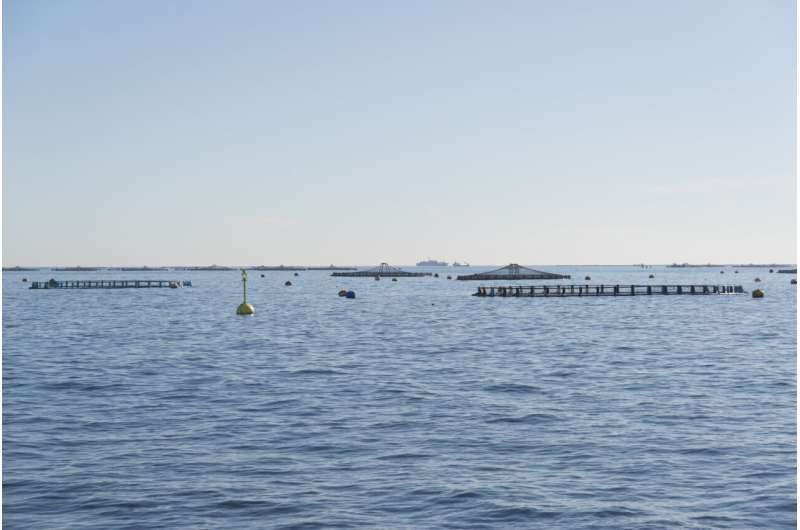Fishing for new ways to expand the EU's aquaculture industry

The EU-funded DIVERSIFY project is contributing to the sustainable expansion of the Europe's aquaculture industry by promoting species diversification and product development.
Currently, aquaculture in Europe is unable to meet the growing demand for aquatic products. In fact, the European aquaculture sector only provides an insufficient 10 % of the EU's total seafood consumption. Seeing an opportunity to help increase the sector's market share, the EU-funded DIVERSIFY (Exploring the biological and socio-economic potential of new/emerging candidate fish species for the expansion of the European aquaculture industry) project is working to expand the EU's aquaculture industry. To do this, it is revolutionising scientific techniques and methodologies that will optimise the rearing and production of new or emerging finfish species, along with establishing a range of marketing initiatives aimed at attracting consumers.
"The objective of the DIVERSIFY project is to promote the species diversification of the European aquaculture industry, thus contributing to its sustainable expansion," says project coordinator Dr. Constantinos C. Mylonas.
Six promising species
The project identified six new or emerging finfish species: meagre, greater amberjack, wreckfish, Atlantic halibut, grey mullet and pikeperch. "Because these species are either large or fast-growing, they are ideal candidates for processing into a range of products, providing consumers with both a greater diversity of choice and new value-added products," explains Dr. Mylonas.
However, before these new products could be launched, researchers first had to resolve such production bottlenecks as reproduction control, larval rearing methods, optimisation of recirculation aquaculture system rearing, feeding methods, and identifying major pathogens. For example, in the case of greater amberjack, researchers had to develop innovative methods for controlling their reproduction in captivity, the on-demand production of fertilised eggs, and the production of large numbers of juvenile fish. "We are finally at the stage that, after decades of interest and scattered efforts for commercialising this species in Europe, we can now proceed with industrial production and marketisation," says Dr. Mylonas.
Another example can be seen in the project's success in taking the meagre from being an emerging species to a viable market option for the aquaculture sector. Having confirmed that the available captive broodstocks are adequate for breeding selection programmes, researchers developed the husbandry and molecular tools needed to implement this selection at farm level.
In addition to its species-specific research, the project also includes a socioeconomic component. Here, researchers are looking at market opportunities for the new species and developing business models based on consumer studies and online marketing tests, among other tools. So far, insights have been generated to identify the most promising ideas for new fish products from the project species for the European market.
Objectives met
Being in the last year of the project, DIVERSIFY has produced an array of important scientific knowledge that is helping European aquaculture diversify its production and increase its market share. "The DIVERSIFY project has already achieved almost all that it has promised and has demonstrated that diversification is not only possible, but a necessity for European aquaculture," says Dr. Mylonas.
Despite this success, work remains for the diversification of EU aquaculture. The consortium is now turning its attention towards the future, identifying the research needed to address additional production bottlenecks and perhaps study other new and emerging species. But whatever lies ahead, DIVERSIFY's goal has been achieved: to provide the necessary tools to diversify the European aquaculture industry and ensure food security, sustainable production and high-quality seafood at an affordable price.
Provided by CORDIS



















